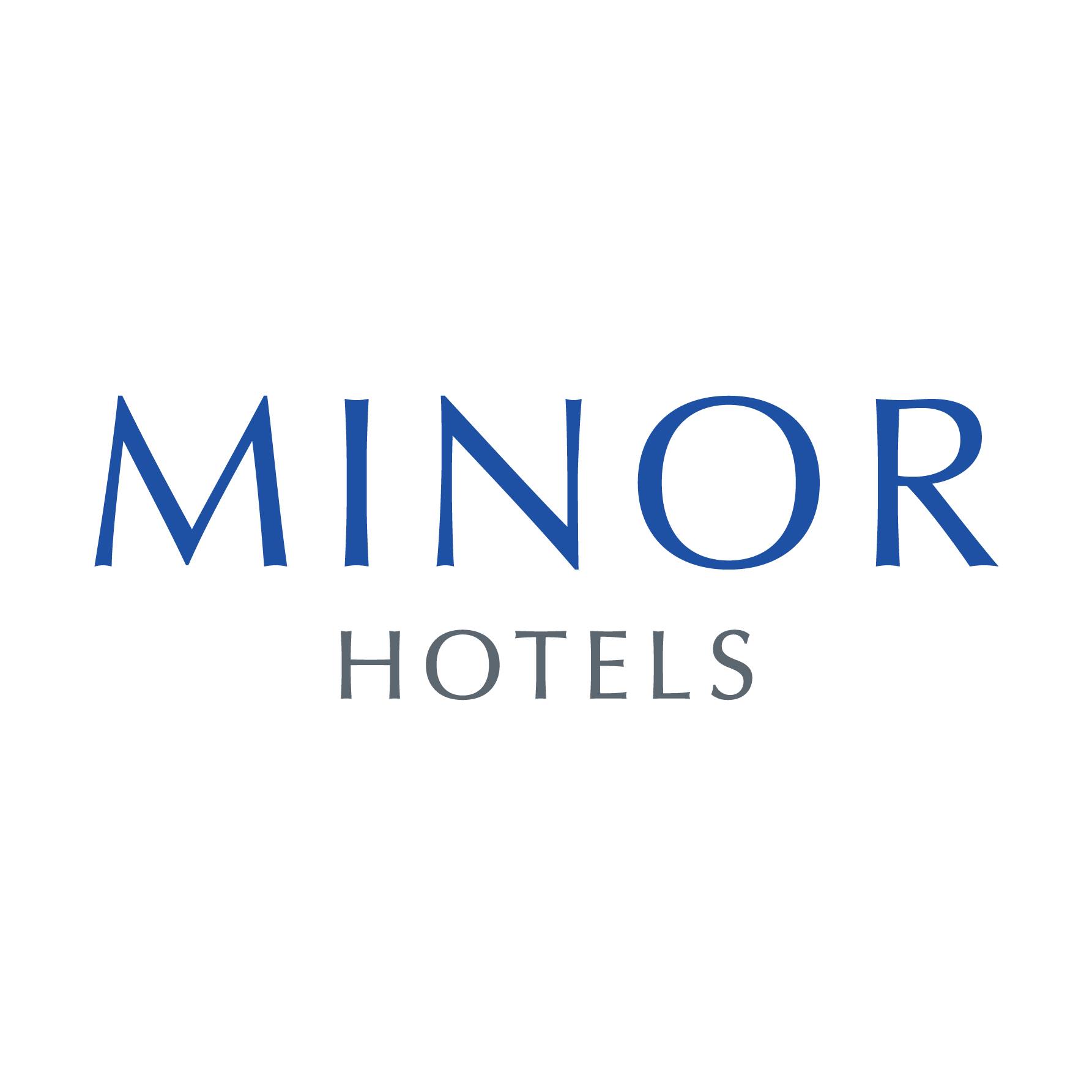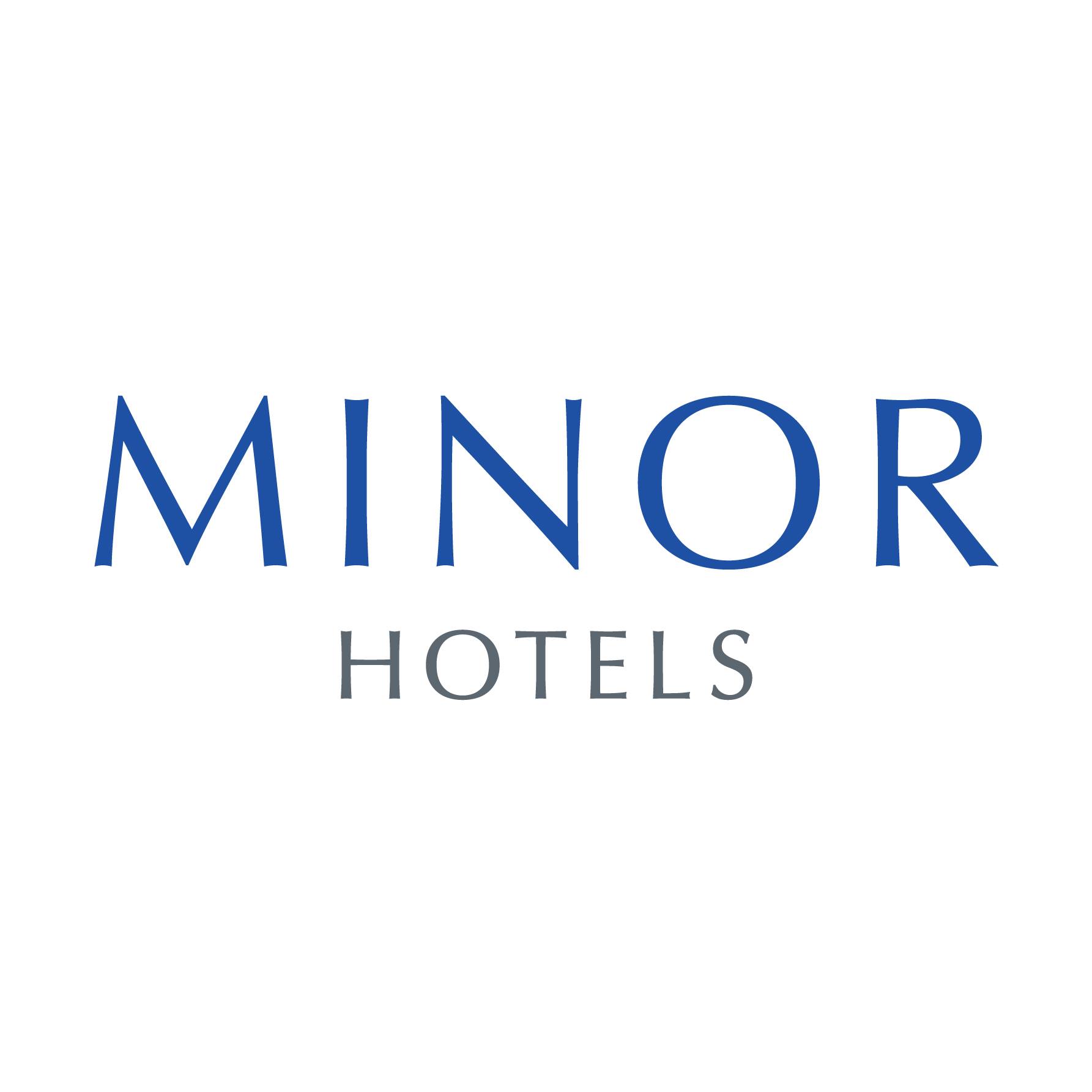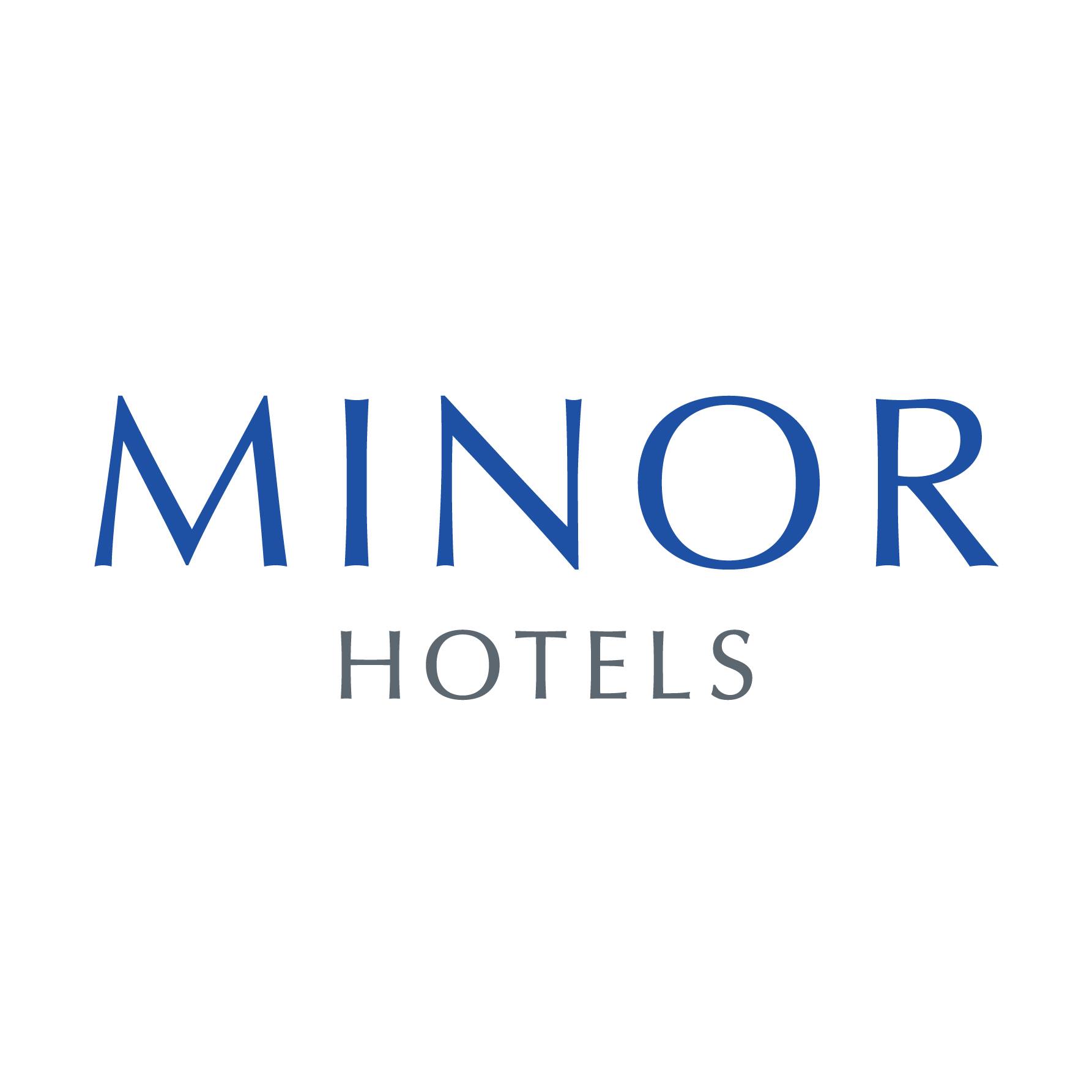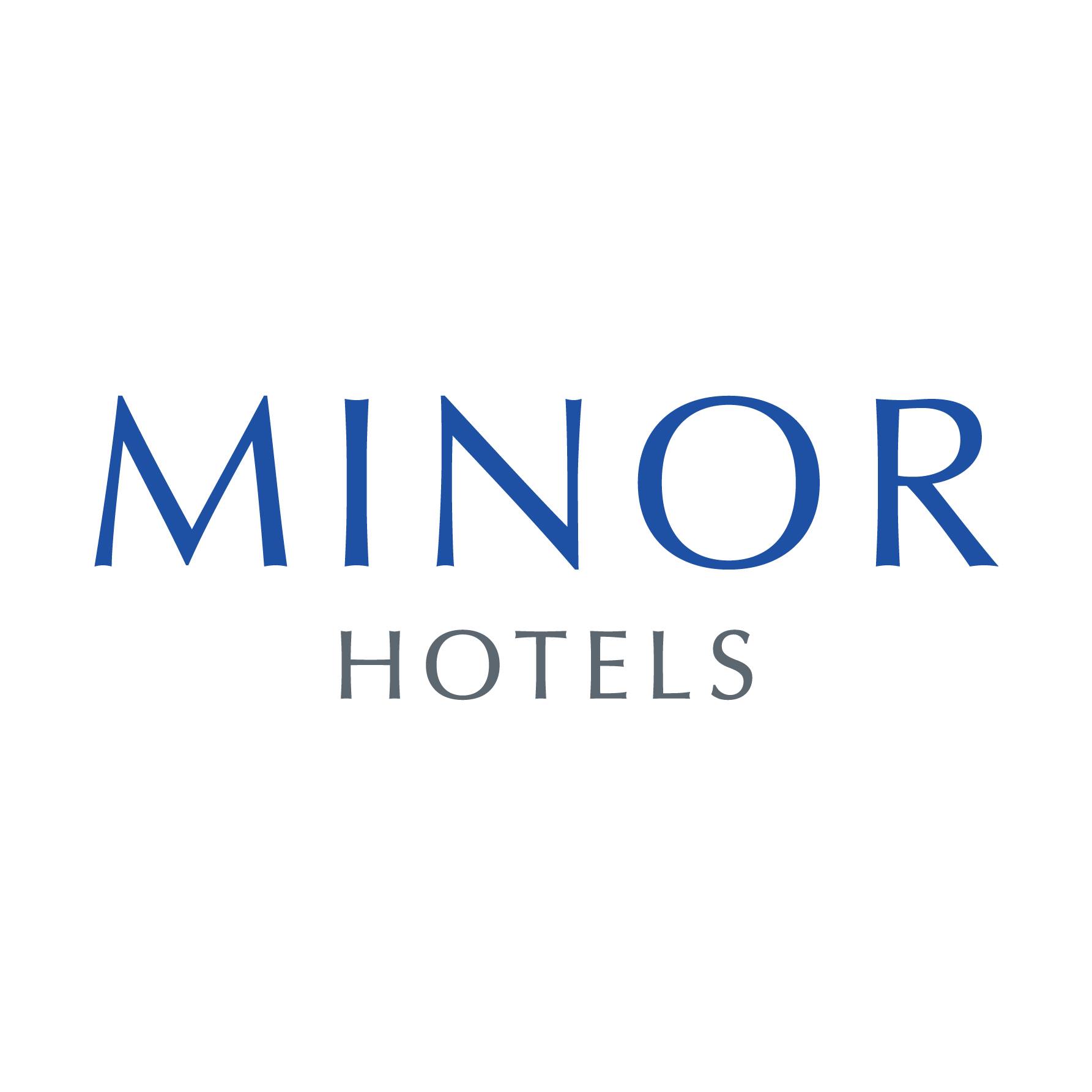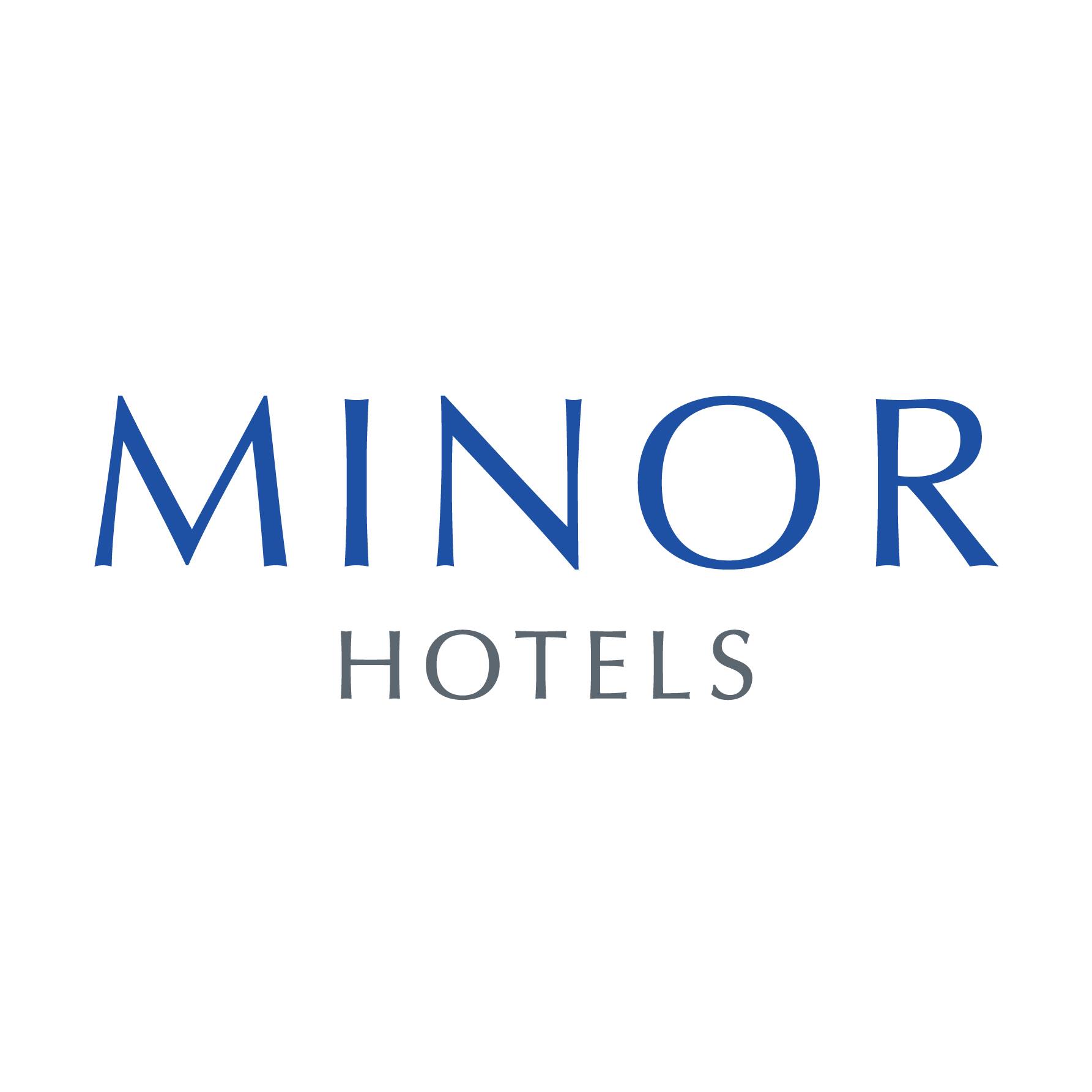Title Page
-
Site
-
Division
-
Auditor
-
HOD Area / In charge Person / Outlet Manager
Section 1 : Knowledge (F&B)
-
1.1.1 Managers certified by accredited food safety training program and able to demonstrate sufficient basicfood safety knowledge
-
1.1.2 Staff has shown good knowledge of basic food safety and being trained on basic food safety. The refresher course is arranged on yearly basis for those who have already attended the training.
-
1.1.3 The staff who handling chemicals have received appropriate training on chemical handling.
-
1.1.4 The staff has shown good knowledge of chemical handling and be able to use the chemical correctly.
-
1.2.2 Record and form are in good documentation control for guidelines & policies. Records are completed, corrected, verified
-
1.3.1 Health Department Permit/ hotel license/ inspection by local government available
-
1.3.2 The property is inspected by 3rd party and the latest external audit result is available
-
1.3.3 All critical findings on the previous inspection have been corrected and monitored
Section 2 : Employee Health (F&B)
-
2.1.1 Food handlers in the hotel are in good health. No employees including managers, exhibit any cold/flu-likeinfectious disease symptoms.
-
2.1.2 First aid supplies are regularly replenished and checked with the record keeping. Bandages are availablefor the staff in food and drink preparation area to use.
-
2.1.3 Lavatories of appropriate hygienic design and properly cleaned
-
2.1.4 Adequate changing facilities for staff.
Section 3 : Personal Hygiene (F&B)
-
3.1.1 Employees wear clean, proper uniform and shoes
-
3.1.2 Eating, drinking, chewing gum, smoking, or used of tobacco are allowed only in designated area away fromfood and beverage preparation, service, storage and ware washing area.
-
3.1.3 Personal belonging and medication are controlled in the food preparation area
-
3.1.4 Appropriate food handler's hands hygiene (short fingernails, no false nails, no nails polish, no jewelry etc.)
-
3.1.5 Proper hair restraints worn in food service area
-
3.1.6 Visitor Policy is in place and implemented. Hairnets available for visitores. All visitors entering the foodproduction area must wear clean cloth and hair restrain.
Section 4 : Hands (F&B)
-
4.1.1 sufficient facilities hand washing available (sink, soap, towel/hand dryer, signage, and foot pedal bin) Handwashing sinks are accessible and functional, in sanitary condition and use only for handwashing purpose
-
4.1.2 Temperature of water in the handwash sink is >29°C
-
4.2.1 When gloves are required, food handlers avoid touching ready-to-eat foods with bare hands
-
4.2.2 Gloves are available at facility and kept in an appropriate location.
-
4.2.3 Gloves used and worn properly.
-
4.2.4 Any cuts or wounds are completely covered by a suitable waterproof dressing and gloves are worn overthe waterproof bandage/ dressing.
Section 5 : Source (F&B)
-
5.1.1 Foods used in the kitchen/ F&B Outlets are from approved/ reliable sources
-
5.1.2 Shellstock tags are kept on file at least for 90 days
-
5.2.1 Frozen & critical refrigerated food must be transported to storage within 30 minutes after delivery. No foodleft unattended at receiving dock for more than 30 minuites.
-
5.2.2 Food received at proper temperature according to food safety guidelines and Receiving Records arecompleted, corrected, verified, and available for more than 3 months.
-
5.2.3 Received food packaging must be in good conditions, no torn package or pest infestation sign, sufficientinformation available
-
5.2.4 Keep raw and ready-to-eat foods separate during delivery/receipt/collection and transport to the kitchen/outlet.
Section 6 : Contamination (F&B)
-
6.1.1 Proper use of food hierarchy in storage Food is protected from contaminations during the storage.
-
6.1.2 Food is protected from contaminations during the storage
-
6.1.3 Food and beverages stored in appropriate locations and off the floor at least 6 inches.
-
6.1.4 Food is stored in a food grade container with good conditions, durable and cleanable.
-
6.1.5 In food storage/ preparation area, the lights are sufficient covered to prevent physical cross-contamination
-
6.1.6 Food packages and cans in good condition, damaged products are separated with the clear signage
-
6.1.7 Opened tins/ cans are transferred the contents to clean covered containers. Cardboard and foam boxes must be removed
-
6.1.8 Dry food items stored in clean and organized manner
-
6.1.9 Open bags of food are stored in containers with tight fitting lids with common name and date label.
-
6.2.1 Utensils/equipment in use are stored properly to prevent contaminations
-
6.2.2 Utensils/equipment/ food contact surfaces are in good repair
-
6.2.3 Ice scoop is stored in the sanitizer solution between the use
-
6.2.4 All cleaned plates and glasses must be stored up side down to prevent from physical contaminants orstore in a way that the contamination is prevented.
-
6.2.5 Food containers in-use are cleaned before replenising the food items.
-
6.2.6 Cardboard is not used for storage in food and drink preparation areas
-
6.2.7 Glass to be stored on the bottom shelf in the refrigeration unit or in the area that the chance of crosscontamination from glasses kept is prevented.
-
6.3.1 Color coded for knives, cutting boards, tongs are implemented or clearly distinguishable to prevent crosscontamination
-
6.3.2 Raw and ready-to-eat preparation areas are separated and away from each other
-
6.3.3 Eggs are cleaned and sanitized before entering the kitchen. Shelleggs are not cracked.
-
6.4.1 Contaminated/unwrapped/returned foods are discarded once brought back from the serving area
-
6.5.1 Foods on display stored protected from contamination.
-
6.5.2 The decoration items/ furniture at the buffet display are cleaned and free of dust
-
6.5.3 Single-use items are only used once
-
6.5.4 Clean utensils are available for second portions at self-service sites
-
6.5.5 Guests who wish to take out/bring in food from the function buffet line and/or leftover food home must beacknowledged on potential food safety risks and sign off “Indemnity Form”
-
6.5.6 Menu and buffet table should be placed with a tag, marked: "If you have allergy to certain food, pleaseinform us"
Section 7 : Cleaning and Sanitation (F&B)
-
7.1.1 Sanitizer solution used is in the acceptable range at 200-400 ppm.
-
7.1.2 Test kits/sanitizer strips available and not expired
-
7.1.3 Temp of final rinse for dishwashing/ glass washing machine is 82°C to 90°C (or ≥ 71°C at dishware surfaces)
-
7.1.4 3-compartment sinks present with signages of wash, rinse, and sanitized. The sinks are sufficientsize/used properly.
-
7.1.5 Inside the ice machine is cleaned and the regular cleaning schedule has been carried out with the recordkept.
-
7.1.6 Cleaning and sanitation program is in place for food equipment and facility including compact machines.No sign of contaminations.
-
7.1.7 Steel wool/ wire brushes eliminated within the preparation area
-
7.1.8 Equipment/utensils air-dried before stacking
-
7.2.1 Wiping cloths used/stored properly/correct concentration
-
7.2.2 codded for wiping cloth is applied where applicable.
-
7.2.3 Wiping cloths used are free from frayed/ loose threads.
-
7.3.1 Kitchen/ bar shelves above food/ drink preparation, beneath preparation tables and underneath the barmat are clean
-
7.3.10 Vents, fan guards and exhaust hoods are clean and in good repair
-
7.3.11 Preventive Maintenace plans are in place for equipment and facility provided in the area (For exampleAir-con, refridgeration units, ice machine, water filter etc.)
-
7.3.2 Hand contact surfaces such as handles, door knobs are cleaned
-
7.3.3 Seals, refrigerator and freezer units are clean and in good repair.
-
7.3.4 Electric Device - Phones, printers, switches, wires & etc in good working and sanitary condition.
-
7.3.5 Cleaning equipment is properly stored in a designated area.
-
7.3.6 Grass broom is not used in food and drink preparation area
-
7.3.7 All other non-food contact surfaces and equipment such as interior drawers, shelves-furniture, counterunits, cabinets & closets etc. are clean and in good repair
-
7.3.8 Floor, walls, ceiling are clean and in good condition
-
7.3.9 Drain, channel, floor grates, strain baskets and floor are in sanitary condition and in good repair
Section 8 : Waste Management (F&B)
-
8.1.1 Trash is sufficient availability/capacity.
-
8.1.2 Indoor garbage containers are foot operated, closed. Indoor garbage are cleaned, emptied regular and ingood condition.
-
8.1.4 Transportation of garbage and food must not be taken at the same time and by the same elevator.
-
8.1.5 Grease trap is clean on regular basis
Section 9 : Time and Temperature Control for Safety (TCS) (F&B)
-
9.1.1 Accurate and calibrated thermometer available and functioning properly
-
9.1.2 Thermometer calibration is implemented and the record is documented.
-
9.1.3 All coolers have functioning thermometers within reasonable range
-
9.2.1.1 Raw animal foods cooked to proper internal cooking temperature.
-
9.2.1.2 Fruits/vegetables cooked to ≥ 60°C for hot holding.
-
9.2.2.1 Reheated product for hot holding ≥ 74°C with the record kept and the temperature reached ≥ 74°C within2 hours.
-
9.2.3.1 TCS foods temp. ≤ 21°C within 2 hours of cooling. Proper cooling method and labelling
-
9.2.3.2 TCS foods ≤ 5°C within 6 hours of cooling.
-
9.2.3.3 Reconstituted foods/salad and sandwich ingredients pre-chilled and cooled ≤ 5°C within 4 hours.
-
9.2.4.1 Items in hot holding ≥ 60°C.
-
9.2.4.2 Rare roast beef or steak in hot holding ≥ 54°C.
-
9.2.5.1 TCS foods such as raw meats, seafood, raw poultry, juice, milk and cream held/ stored in cold holding ≤5°C.
-
9.2.6.1 Items properly thawed
-
9.2.6.2 Designated thawing corner with date to indicate the beginning of secondary shelf life
-
9.2.6.3 Thawed food is not refrozen.
-
9.3.1 TCS product time and date labeled
-
9.3.2 FIFO method of inventory management is used. Food products are used before expiry date/ use by date
-
9.3.3 Non TCS products are time and date labeled.
-
9.3.4 Commercially prepared food properly dated when opened
-
9.5.2 Frozen foods held solidly frozen
Section 10 : Chemical (F&B)
-
10.1.1 Only institutional/food-grade/company approved chemicals used
-
10.1.2 Material Safety Data Sheets (MSDS) available for all chemicals
-
10.2.1 Chemicals properly used and stored according to their intended use, stored, and labeled
-
10.2.3 Pesticides applied by qualified personnel only
-
10.2.4 Containers previously used for chemicals is only used for contain chemical
-
10.2.5 Rodent bait is contained in a cover, tamper-resistant bait station. Pest station mapping is available andupdated.
-
10.2.6 Personal Protective Equipment (PPEs) is provided in the chemical store room. Biohazard or spill kit isavailable.
Section 11 : Pest (F&B)
-
11.1.1 The areas are no sign of critical pest activity
-
11.1.2 The areas are no sign of minor pest activity
-
11.1.3 Pest activity is prevented through proper sealing of outer openings and the elimination of harborageconditions
-
11.1.4 Electronic fly control units are used inside food preparation/ operation area and installed in a manner thatcan prevent contamination
Section 12 : Sewage & Plumbing (F&B)
-
12.1.1 Sewage backed-up is prevented from going into the facility
-
12.2.1 Hot and cold water are available at facility
-
12.2.2 Back flow prevention present at all sinks
-
12.2.3 Air gaps are prevented at all sinks/beverage dispensers
-
12.2.4 All plumbing in good repair
